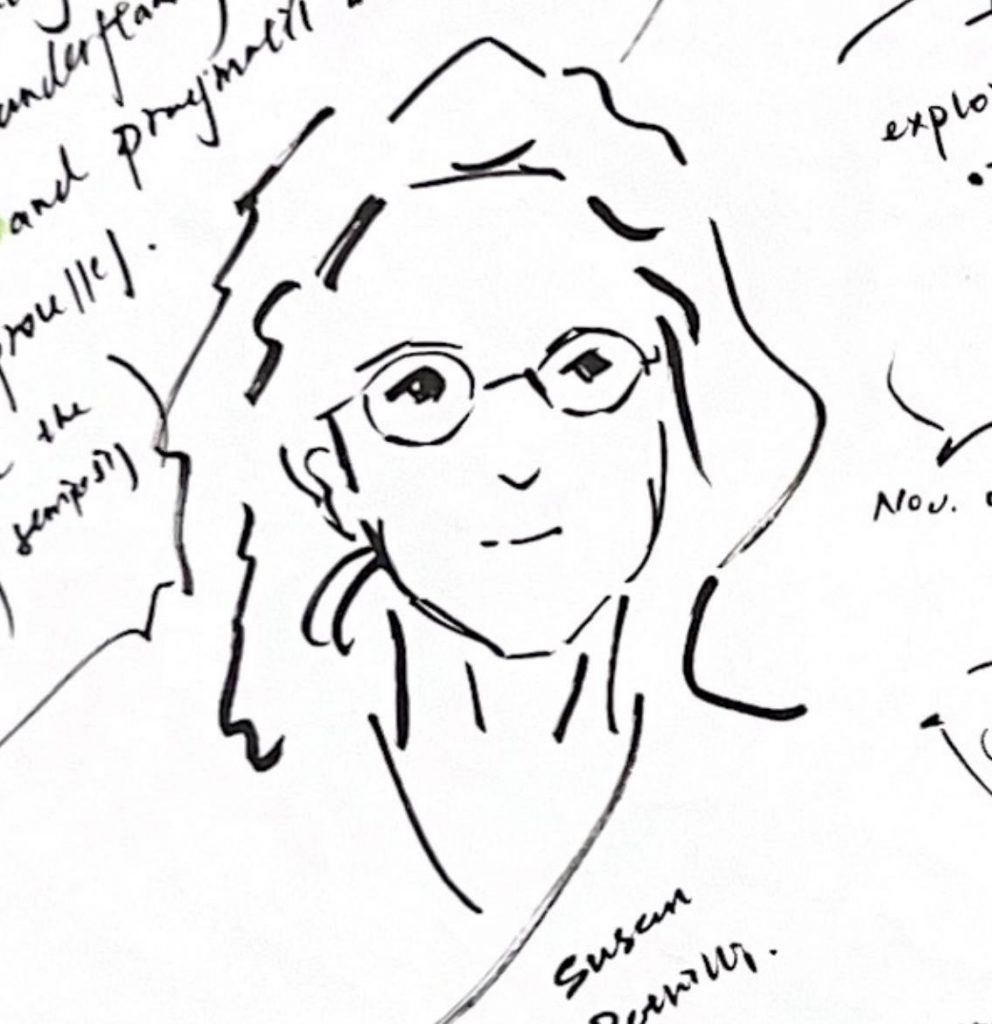Is the other a sign? A reading of Martin Buber

by Ruyu Yan
In Martin Buber’s way of thinking, the minimal unit to discuss human existence is two: One steps into being in one’s relation to another. The presence of others is essential to our experience of the world. In one’s awareness, the existence of other persons is accompanied by a sense of distance: between oneself and the other there is a gap, by means of which one can experience both stepping close to the other and being approached by the other, affecting and being affected, acting and being acted upon. This gap may also be conveyed as a realization that others are not mere extensions of oneself: they are different beings. Underlying this recognition of difference is in fact a series of questions: How to understand the others? Is the other analogous to oneself? Is the other a unique human being, just as I am? To many, such questions appear easy to answer: After all, am I not surrounded by human beings and am I not simply taking this for granted, without any effort?
Although everyone seems to recognize fellow human beings as such, imposing one’s own viewpoint onto another, rendering the other as a projection of one’s own knowledge, and seeing the other according to categories, are familiar and routinized matters. In these situations, others become objects of one’s own perception; the others emerge in the realm of It, in Buber’s terms. The term “It” implies the removal of human qualities. In this way, Buber suggests that recognizing others in an analogous way – on the basis of human commonality – is not as effortless as making commonsensical assumptions. How do these aforementioned experiences relate to the dehumanization of the others?
We need to start with articulating being human. A human has his/her own perspective; “all else lives in his light” (Buber, 1937, p. 8). In this sense, he/she occupies the position of a subject. Realizing the other’s status as a subject is the attitude one holds in the I-Thou relation: As Buber (1937) conceptualized, a Thou is the one who is recognized as different from oneself but similarly gazes at the world from his/her own perspective. Another commonality shared by human beings is the open-endedness of their existence. One exists – a form of entering the world – by knowing. “We are what we know” (Harris, 2009, p. 3). In the broadest manner, knowing is a process of making meaning out of what we perceive. Meaning-making is open-ended as the world brings in possibilities unknown and conditions unforeseen. Seen as a continuous process of meaning-making, human existence can be characterized as immediate and open-ended. In addition, a human being’s existence is based on signification threaded by a unique trajectory: Each element in the other’s past alters the meaning made in the present, which then influences future meaning-making. This highly personalized trajectory inherently resists interpretation.
By contrast, as an object of one’s observation and contemplation, a human other becomes “a bundle of named qualities”, and essentialized as “a nature able to be experienced and described” (Buber, p.8). In this way, one objectifies the other: he/she is and will remain so – fixed and determined – with or without one’s interpretation. In other words, interpreting the other according to one’s own knowledge matrix impresses one’s own experiences onto the other’s, whoseuniqueness and open-endedness are thus suspended and suppressed. That is to say, interpreting the other implies a suspension and even denial of the human subject status of the other, which is based on his/her irreplaceable perspective and continuously renewable experiences.
Reading Buber, I wonder how the significance of others may be elaborated in the studies of sign and communication. When it comes to understanding the world outside oneself, there is a particular modality in which one’s object of interpretation is another human being, or perhaps a moment of signification in which one needs to address the other’s status, i.e., as merely an interpretation – one’s sign – or as a human being. In other words, there are moments in which the other human is involved in making (part of) a sign. It is strange to think of the ones we love as mere signs of our interpretation; Making another a sign during interpretation is however unavoidable. Are you a sign? It is perhaps a question that concerns our most ordinary experiences, which theorists of sign and communication should not forget.
References
Buber, M. (1937). I and Thou. Edinburgh: T.&T. Clark.
Harris, R. (2009). After epistemology. UK: Bright Pen.
